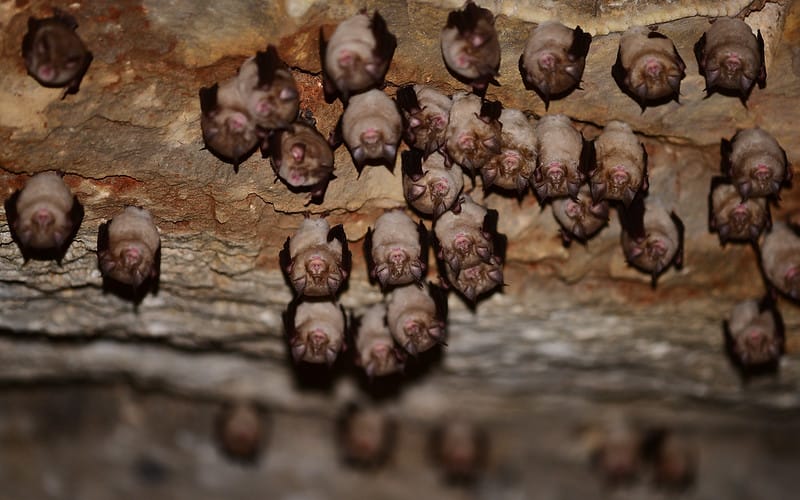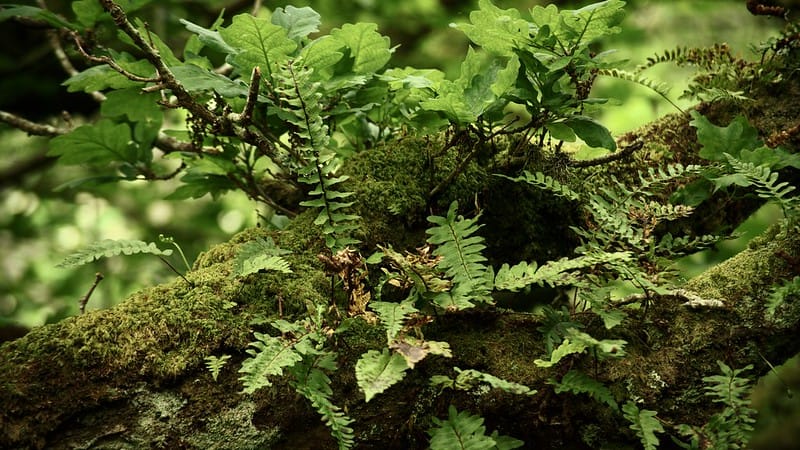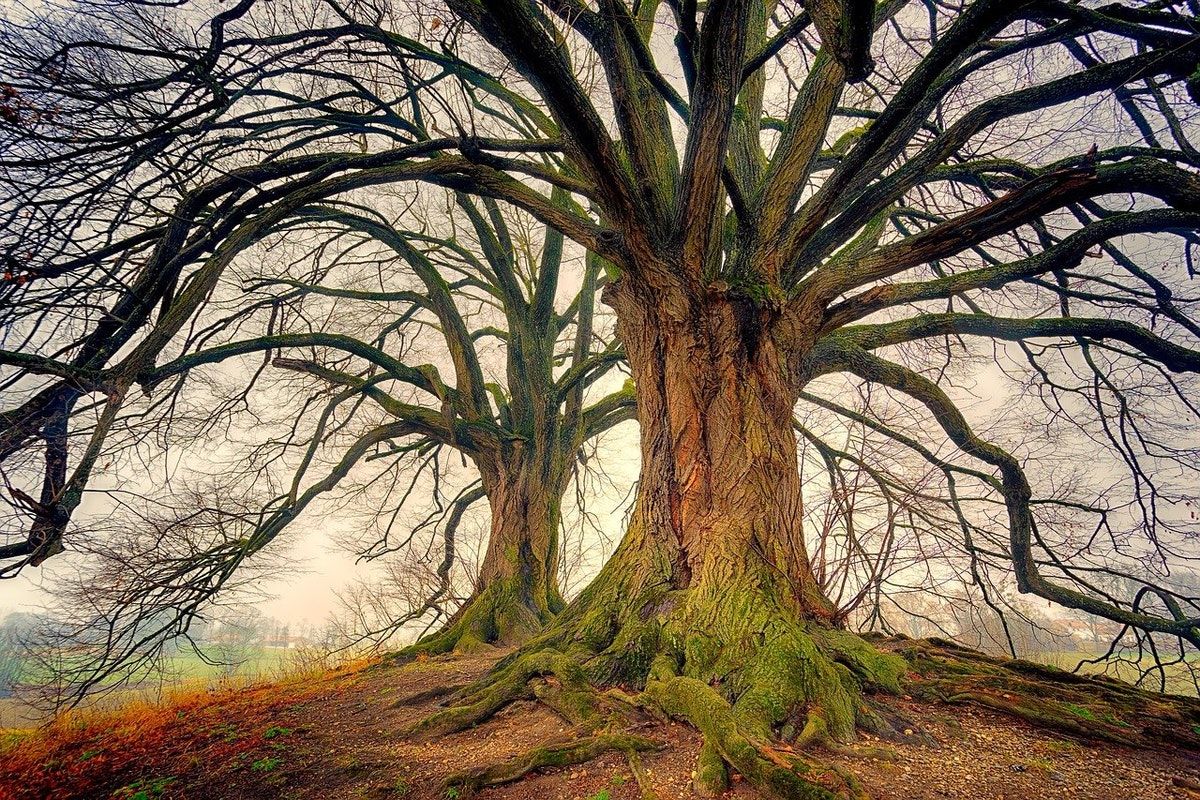
Tree Planting & Donald Trump's Dunes
The latest news on nature and conservation in the UK.
National news
Trees | There’s no magic money tree – but there has certainly been a lot of money spent on planting them this week. The government announced the projects that it is backing through the first round of its Green Recovery Challenge Fund. Some £40m will be allocated to 68 projects, which will go towards planting more than 800,000 trees, as well as restoring damaged habitats. The government also announced a new Trees for Climate programme, which will see the establishment of ten Community Forests across England, backed by £12.1m of investment. The story was covered by the Independent. Another £3.9 million has been allocated to planting hundreds of thousands of new trees in towns and cities, including at sites near rivers to reduce flood risk. The Independent covered this, too.
Oceans | The Scottish government has announced the designation of four new Marine Protected Areas (MPAs) and 12 Special Protection Areas, boosting protections for species like basking sharks and minke whales that live off Scotland’s coasts. This means that 37% of Scotland’s sea area is now in an MPA. The Marine Conservation Society and the RSPB both welcomed the news – although the latter questioned why areas around Orkney had been shunned, despite meeting the criteria for selection. “We are requesting urgent clarity from the Minister on her intentions, as we are at a loss to understand why after receiving robust scientific advice from her nature advisors supporting the sites, she has chosen to add yet further delay and uncertainty,” said Alex Kinninmonth, head of marine policy at RSPB Scotland. The BBC covered the story.
Climate | The Climate Change Committee, which provides independent advice to the government, has published its Sixth Carbon Budget, recommending a 78 percent reduction in emissions below 1990 levels over the next 15 years. Carbon Brief has a detailed explainer of what the report says and what it means. The recommendations straddle the entire UK economy, but most relevant to nature are the following (and I’m quoting the CCC directly here):
- By 2035, 460,000 hectares of new mixed woodland are planted to remove CO2 and deliver wider environmental benefits.
- 260,000 hectares of farmland shifts to producing energy crops.
- Woodland rises from 13% of UK land today to 15% by 2035 and 18% by 2050.
- Peatlands are widely restored and managed sustainably.
In other news:
- The Yorkshire Dales and North York Moors national parks have been designated Dark Sky Reserves, reports the BBC.
- Butterflies are at risk as plants are blooming too early due to climate change, reports the Telegraph.
- Trees for Life is challenging the Scottish government in court over its policies on killing beavers.
- The government’s Lowland Agricultural Peat Task Force has a chairperson. Still no England Peat Strategy though.
- Scientists are investigating whether Wales could be a hotspot for the critically endangered angel shark, reports the BBC.
Across the country
Aberdeenshire | The sand dunes at Donald Trump’s Scottish golf resort have lost their status as a nationally important protected wildlife site. “Following construction of the Trump International Golf Links course on the dune system at Menie Estate, this area no longer merits being retained as part of the Site of Special Scientific Interest,” the government’s nature agency NatureScot wrote, adding that they no longer include enough of the special features that originally led to their designation. The Guardian and the Scotsman covered the story.
Herefordshire | The story of the bulldozed River Lugg has rumbled on into another week (if you’ve missed it so far, you can catch up with last week’s digest). Natural England, the Environment Agency, the Forestry Commission and the police have launched a joint investigation into the alleged offences, which include the illegal felling of trees, and demanded an immediate stop to the works. Meanwhile, the farmer who carried out the work threatened to “pull the authorities apart” if they took him to court, claiming that it was done to save homes from flooding – you can read his somewhat feisty interview in the Hereford Times. There is a more detailed account of his side of the story in Farmers Weekly. Helen Stace, the head of the Herefordshire Wildlife Trust, has also written a detailed blog about the incident.
Cumbria | The Forestry Commission has admitted that it was wrong to grant permission for trees to be planted on a peat bog in Cumbria, where they would damage habitats and release rather than store carbon, in a short documentary by Channel 4. The landowner and the Forestry Commission are now developing plans to restore the eight hectare area that was damaged. The government has issued an official response to the story here.
Elsewhere:
- The garden dormouse, a continental European species, has been spotted in the New Forest, leading to concerns that it was deliberately released, reports the Telegraph.
- The Arctic Charr has been increasing in Ennerdale Water in Cumbria, following a restoration effort backed by the Environment Agency.
- The Nottinghamshire Wildlife Trust has launched a plan to “rewild” Nottingham’s city centre, following the decision to demolish the Broadmarsh shopping centre.
- Natural England has extended the Ribble Estuary National Nature Reserve by a fifth, reports the Lancashire Post.
Reports
Moorland | The burning of moorland is the biggest threat to SSSIs in England, according to a piece of quick-fire analysis by the RSPB. But the group highlights that the Natural England data on which they performed their analysis is incomplete and misleading; the agency only publishes the threats facing eight percent of its SSSIs. “It excludes the reasons why 53 percent of sites are in poor condition because Natural England considers that these are ‘recovering’,” despite the fact that this is not always the case, according to a statement. The Independent covered the analysis.
Somerset | The Adapting the Levels partnership has released its vision for how this vulnerable part of Somerset can adapt to climate change, based upon a series of community consultations. There was support for nature-based solutions and payment schemes to compensate farmers for storing flood water – as well as a general call for unity between the farming and wider communities. You can read the report here.
Pollution | A new report by Plantlife looks at the impacts of air pollution on Scotland’s rainforests, peatlands and grasslands. “The latest data shows that more than a third of these nitrogen-sensitive habitats – and more than three-quarters of land within Special Areas of Conservation – have higher levels of atmospheric nitrogen than they can tolerate,” the report says. “This is leading to species loss, lowered resilience to climate change, pests and disease, and, in the worst cases, toxic damage to plants, lichens and fungi. This, in turn, is affecting pollinators and other animals that depend on them.” The Independent has covered the findings.
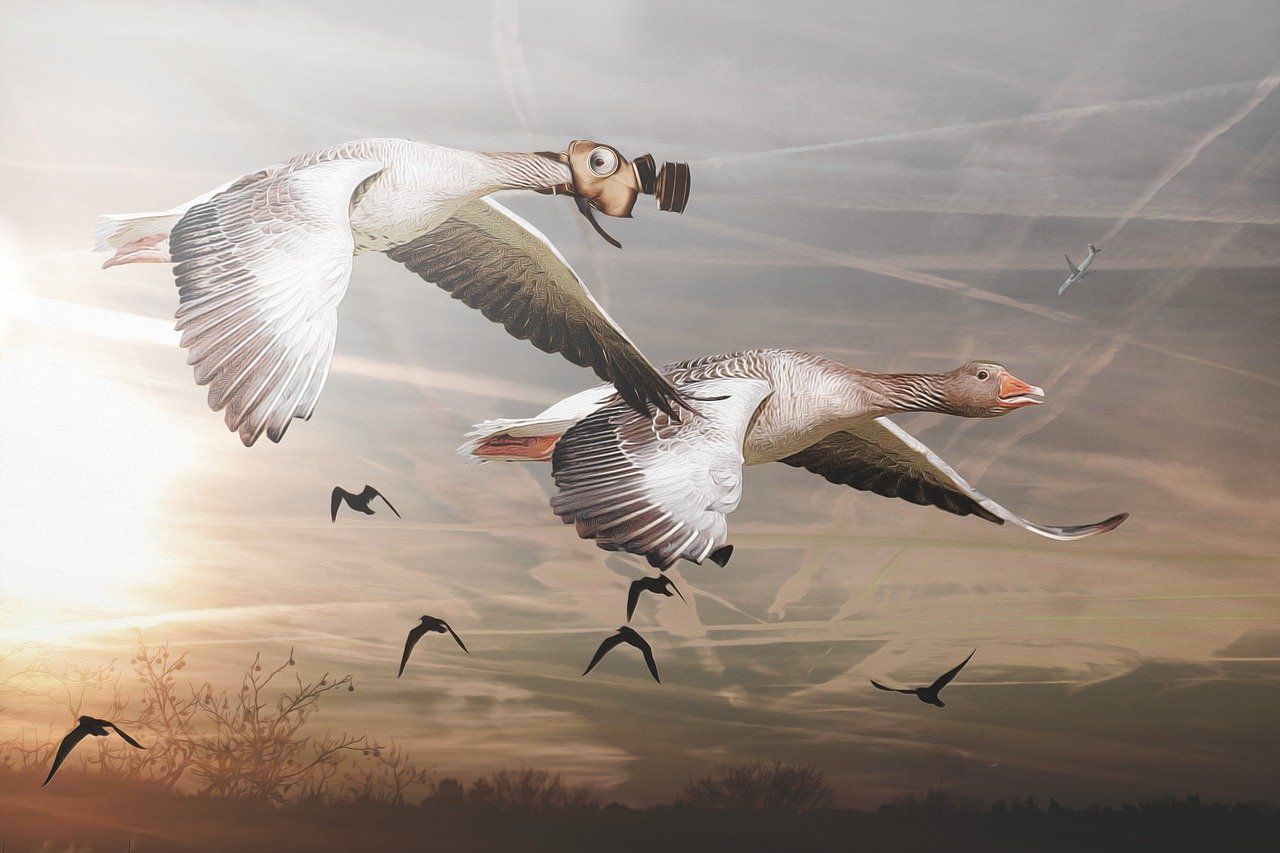
Science
Biodiversity | It’s well known that spending time in nature can make humans happier. Research published this week suggests that levels of happiness actually correlate to the diversity of species around us. “The happiest Europeans are those who can experience numerous different bird species in their daily life, or who live in near-natural surroundings that are home to many species,” said the lead author. Being within the vicinity of an additional 14 bird species raised life satisfaction more than a 10 percent rise in income.
Climate | So far, land, freshwater and ocean exploitation have had the greatest impacts on biodiversity loss – but the impact of climate change is rising. However, most international biodiversity targets have overlooked climate change, according to a new paper. The UN’s post-2020 framework offers a chance to amend this. “Adopting more flexible and dynamic approaches to conservation, rather than static goals, would allow us to respond flexibly to changes in habitats, genetic resources, species composition, and ecosystem functioning,” the authors write.
Driftwood
Rewilding | Shooting advocate Matt Cross has written an interesting piece on how conservationists and hunters can find common ground in the often fractious discussions around rewilding and conservation (or GoreTex versus Tweed, as he puts it), using a case study in Scotland. “If we can lay aside a little of our tribalism and look at the issues in a new way, hunting can add a strong voice for wildness and can build the link between wildland and the people who live around it,” he says.
Carbon negative | The government has released a call for evidence on greenhouse gas removal – techniques that could remove carbon dioxide from the atmosphere to tackle climate change. The document includes an overview of possible solutions, both nature-based and engineered, the government’s role in incentivising these interventions, and the policies required for their deployment. Given the role that afforestation is expected to play, this discussion will be highly relevant to the future of nature and biodiversity in the UK.
Rivers | The Environmental Audit Committee has launched an inquiry into water quality in rivers, focusing on water companies in particular. “Despite numerous scathing reports that our water companies are routinely discharging untreated sewage legally into our rivers, we are yet to see any system-wide improvement in river quality,” said Philip Dunne, chair of the committee. “Our new inquiry will be considering how water quality can be improved, how we can push the incidence of water pollution right down and what – if any – changes to monitoring, transparency, enforcement and government guidance to regulators are needed.” You can read more about it, and submit evidence, here.
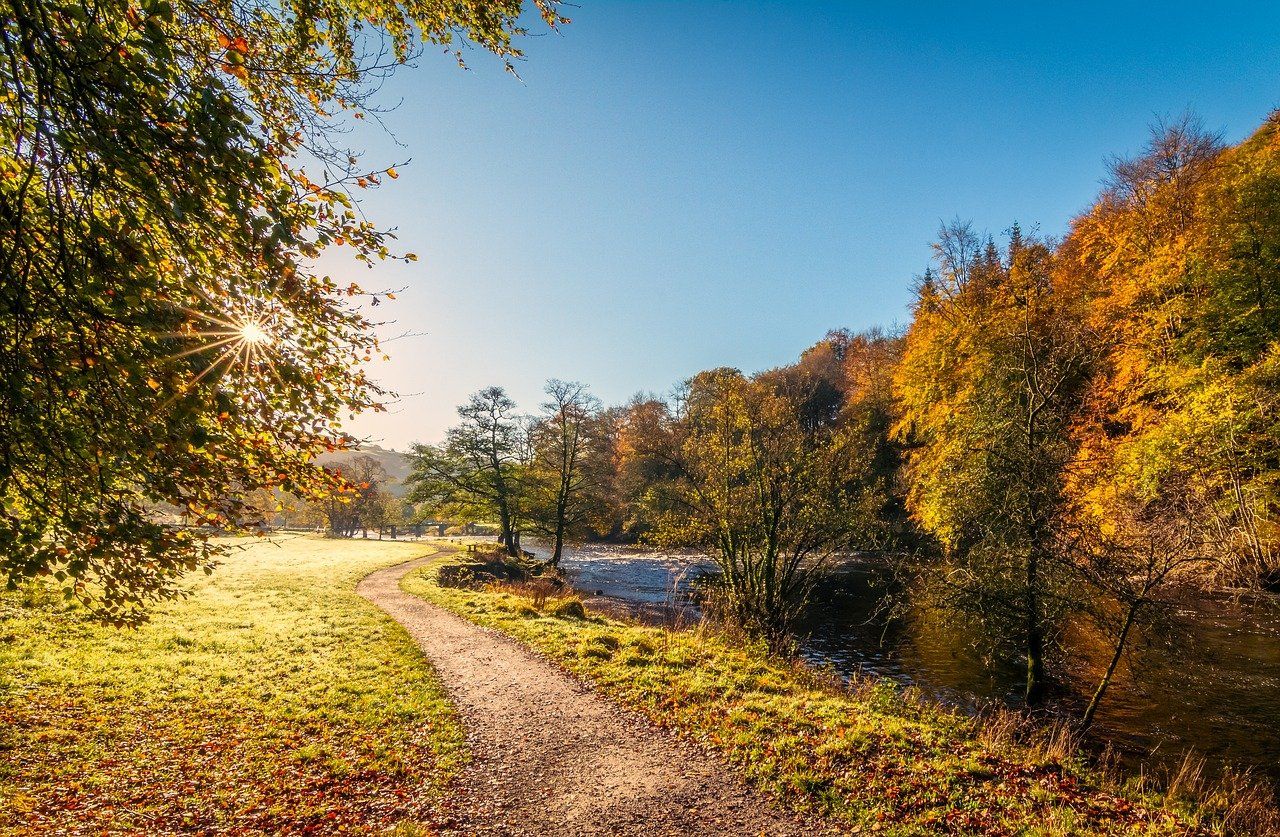
Further reading:
- A new trial in Scotland is giving incentives to farmers and crofters to manage wildflower-rich meadows, help wading birds and restore peatlands. NatureScot’s agriculture office explains.
- Natural England chair, Tony Juniper, has blogged about the government’s new farming policies.
- The Forestry Commission has issued guidance on mitigating the impacts of deer in woodland.
- Natural Resources Wales wants your views on its long-term management plan for the country’s forests.
- Northumberland-based writer Caro Fentiman has written about the impact of mothering on nature writing.
Happy days
Rowan | It’s like Eurovision but for trees! This year, a Scottish rowan will represent Britain in the European Tree of the Year Competition. Dubbed “The Survivor”, this once-lone tree is now surrounded by new native woodland at Carrifran, reports the BBC. Last year’s winner was a Czech pine, with the UK coming in seventh place.
Image credits: jplenio, Ria Sopala, Tim Hill
Subscribe to our newsletter
Members receive our premium weekly digest of nature news from across Britain.
Comments
Sign in or become a Inkcap Journal member to join the conversation.
Just enter your email below to get a log in link.


